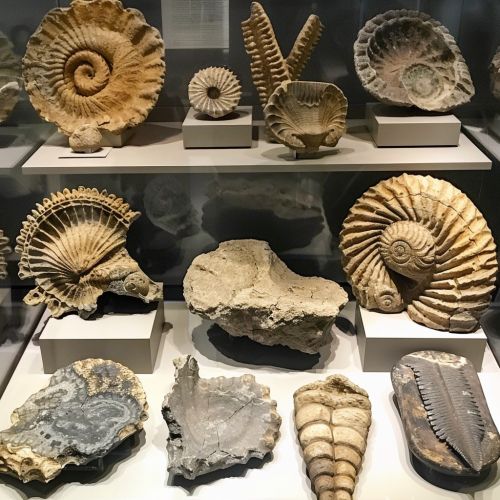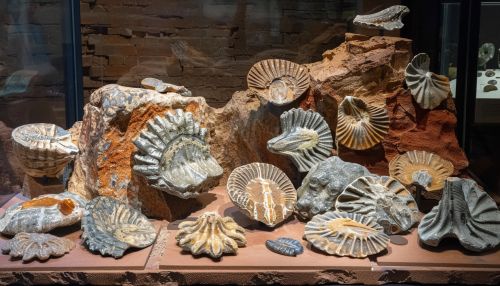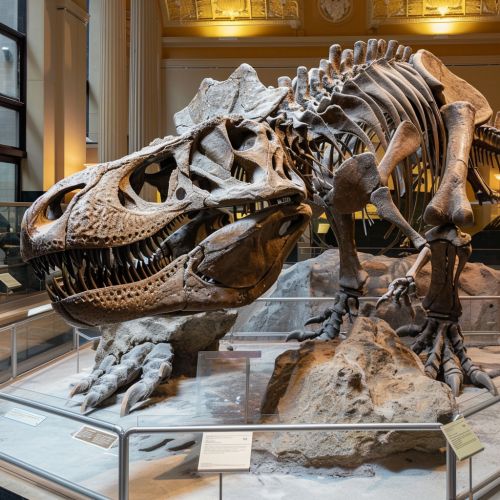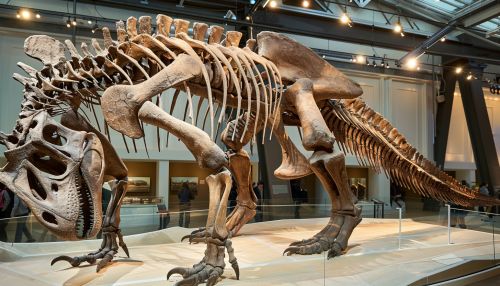History of Paleontology
Origins of Paleontology
Paleontology, derived from the Greek words "palaios" (old) and "logos" (study), is the scientific study of life that existed prior to, and sometimes including, the start of the Holocene approximately 11,700 years ago. The origins of paleontology trace back to the ancient civilizations of Greece and China, where fossils were recognized and collected for their aesthetic and mystical properties.


Ancient Interpretations
The Greeks, including philosophers such as Xenophanes, Herodotus, and Eratosthenes, noted the seashell and marine plant fossils in geological formations, sometimes many miles from the sea. They interpreted these findings as evidence of a once different world, where the sea covered the land. In China, fossils were often treated as "dragon bones" and used in traditional medicine.
The Renaissance and the Birth of Paleontological Thought
The Renaissance period marked a significant shift in scientific thought, leading to the birth of paleontological thought. Scholars began to question the origin and nature of fossils. Leonardo da Vinci, an Italian polymath, argued against the prevailing view that fossils were the remains of animals that had been carried into the rocks by a biblical flood. He suggested that fossils were the remains of ancient life forms that had become buried in mud, which later hardened into rock.
The 17th and 18th Centuries: Fossils as a Record of Past Life
In the 17th and 18th centuries, the concept of fossils as a record of past life began to be widely accepted. Naturalists such as Robert Hooke and Nicholas Steno made significant contributions to the understanding of fossils. Steno, in particular, is known for his law of superposition, which states that in an undisturbed sequence of rock layers, the oldest layers are at the bottom and the youngest at the top. This principle laid the groundwork for the geological time scale and the study of stratigraphy, a key tool in paleontology.
The 19th Century: The Age of Dinosaur Discovery
The 19th century was a period of significant fossil discovery, often referred to as the "Golden Age of Paleontology". The term "dinosaur", meaning "terrible lizard", was coined by Richard Owen, who used it to describe the large reptilian fossils being discovered. The first nearly-complete dinosaur skeleton, Iguanodon, was discovered in 1834, sparking public interest and leading to what is often referred to as "dinosaur mania".


The 20th Century: Advancements in Technology and Theory
The 20th century saw significant advancements in technology and theory that revolutionized the field of paleontology. The development of radiometric dating techniques allowed for more precise dating of rocks and fossils, while advances in genetics provided new methods for studying ancient DNA. The theory of plate tectonics provided a framework for understanding the distribution of fossils across different continents, supporting the theory of evolution.
Modern Paleontology
Modern paleontology incorporates elements of biology, geology, ecology, and even computer science to understand the history of life on Earth. Paleontologists use sophisticated techniques such as computed tomography (CT) scanning and 3D modeling to study fossils in unprecedented detail. The field continues to evolve with the advent of new technologies and theories, contributing to our understanding of biodiversity, climate change, and the history of life on Earth.
